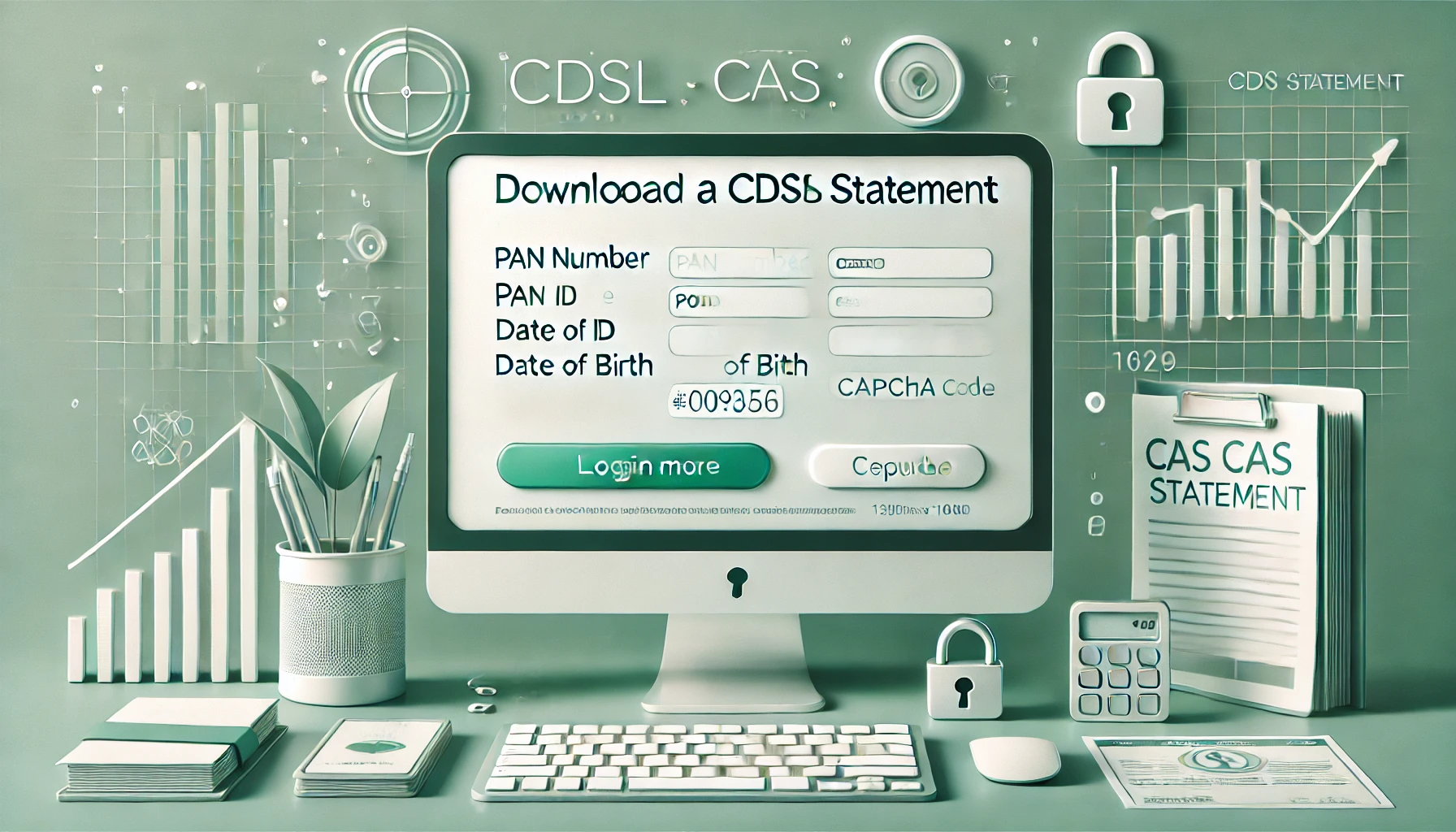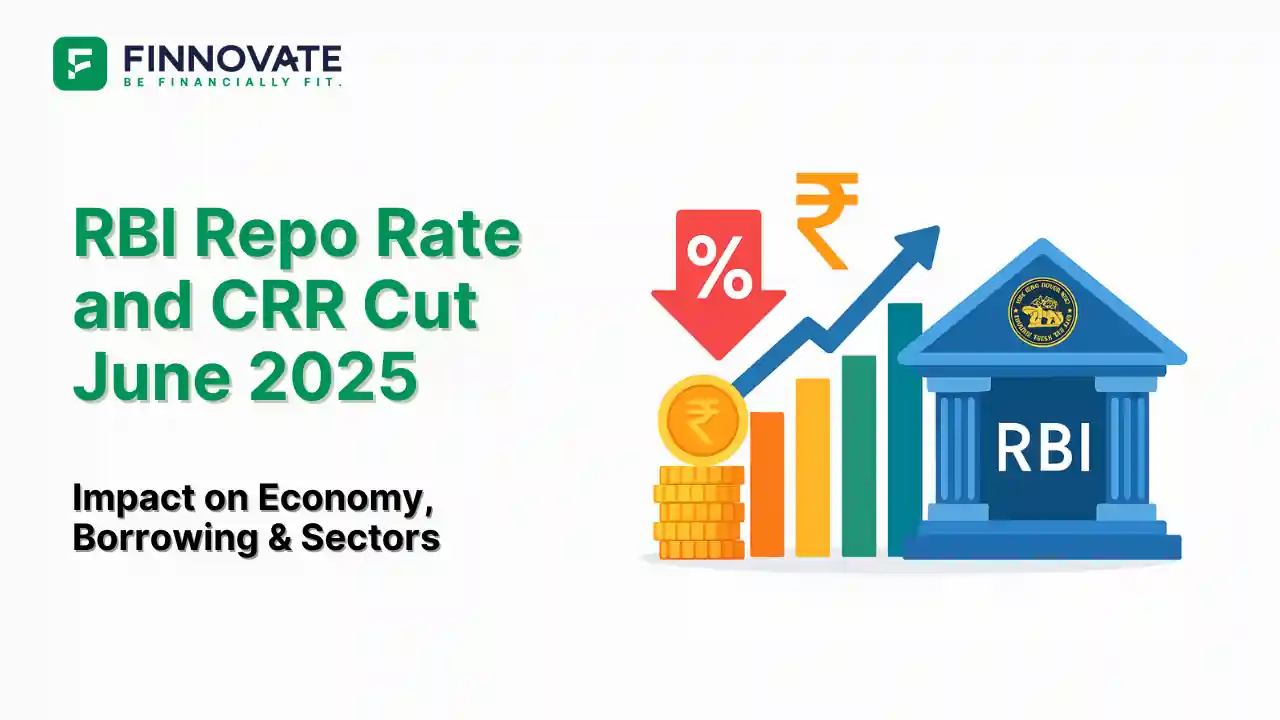Diversification: How Much is Enough?
From our last three case studies, we learned a key concept: diversification. As investors, we face two types of risks: systematic risk and unsystematic risk.
Systematic risk, or market risk, can be hedged by investing in assets that are not correlated, like gold, fixed income, and equity. Unsystematic risk, on the other hand, can be reduced with diversification.
But how much diversification is necessary? According to Edwin J. Elton and Martin J. Gruber in their book, The Modern Portfolio Theory, there is not much difference between investing in 20 companies versus 1,000 companies. The maximum benefits of diversification are achieved when you invest in 20 companies across different sectors. Even Warren Buffett stated that wide diversification often happens when an investor does not know what they are doing.
While diversification helps you avoid losing money, it doesn’t always mean you will make a lot of money. As investors, we must strike a balance between being overly diversified and staying concentrated enough to earn consistent high returns.
Investing in 20-30 companies provides the right balance between diversification and concentration, allowing you to achieve double-digit returns over a long period.
In conclusion, diversification is important, but too much of it can be counterproductive. Finding the right balance is key, as taught by The Modern Portfolio Theory.
Watch the video above for a deeper understanding of how much diversification is ideal for your investment strategy.










